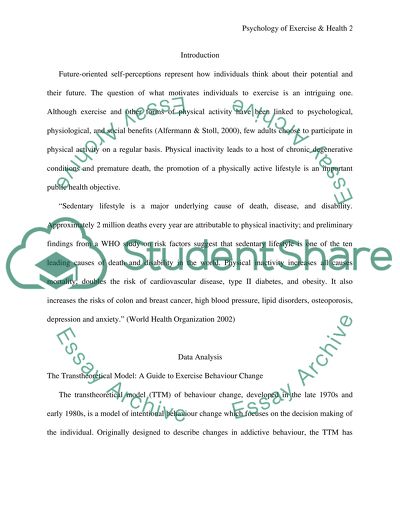Cite this document
(“Psychology of Exercise & Health Essay Example | Topics and Well Written Essays - 2000 words”, n.d.)
Retrieved from https://studentshare.org/sports-and-recreation/1499930-psychology-of-exercise-health
Retrieved from https://studentshare.org/sports-and-recreation/1499930-psychology-of-exercise-health
(Psychology of Exercise & Health Essay Example | Topics and Well Written Essays - 2000 Words)
https://studentshare.org/sports-and-recreation/1499930-psychology-of-exercise-health.
https://studentshare.org/sports-and-recreation/1499930-psychology-of-exercise-health.
“Psychology of Exercise & Health Essay Example | Topics and Well Written Essays - 2000 Words”, n.d. https://studentshare.org/sports-and-recreation/1499930-psychology-of-exercise-health.


